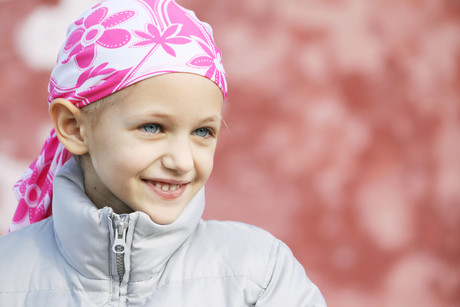Childhood cancer survivors experiencing chronic illness as adults

By the age of 45, childhood cancer survivors may experience nearly twice as many chronic health conditions as the general population, according to a new study led by the St. Jude Children’s Research Hospital.
Published in The Lancet, the St. Jude Lifetime Cohort Study (SJLIFE) is the most extensive analysis of the long-term health of childhood cancer survivors to date. It highlights the complexity of survivors’ medical needs, providing information for healthcare professionals and policymakers about how to care for this vulnerable group.
“An increasing number of children survive childhood cancer, which is certainly something to celebrate. However, we must ensure that their health needs are not ignored as they grow up. Our study highlights the complexity of their medical needs, and we hope that these findings will translate into better care for survivors, both in terms of managing long-term problems such as cardiovascular diseases and secondary cancers, but also by raising awareness of the more immediate and acute health problems that can often be left untreated,” said lead author Dr Nickhill Bhakta, St. Jude Children’s Research Hospital, Tennessee, USA.
By the age of 50, nearly all (99.9%) survivors in the study had a chronic health condition, and in the majority of cases the condition was severe. By the age of 50, survivors of childhood cancer had experienced an average of 17.1 chronic health conditions, of which 4.7 were severe. By comparison, the control group experienced 9.2 chronic health conditions by the age of 50, of which 2.3 were severe.
Cardiovascular, endocrine and musculoskeletal problems were the most common health conditions among survivors, and 37% of survivors were diagnosed with a second cancer by age 50. Survivors of tumours of the central nervous system experienced the highest number of health conditions in later life (average of 24), and survivors of germ cell tumours experienced the fewest (average of 14).
There were two different patterns of ill health, with some survivors experiencing early-onset conditions associated with the acute effects of cancer therapies and others experiencing an increasing number of conditions as they age. For instance, survivors of haematological cancers experienced cumulative cardiovascular problems and secondary cancers in adulthood, whereas survivors of cancers of the central nervous system were more likely to experience hearing loss or neuropathies early after treatment.
After the researchers adjusted their analyses for demographic differences and treatment exposures, they found that age at diagnosis, treatment era and higher brain and chest radiation doses were associated with an increased number of, and more severe, chronic health conditions.
The authors note that the majority of those in the study were diagnosed between 1980 and 1994, and are adults today. Modern cancer therapies are likely to be more targeted, with lower doses of radiation and chemotherapy, meaning that children diagnosed today (at least for some cancers) may experience fewer chronic health conditions.
$1bn vaccine and antivenom manufacturing facility opens
A $1 billion cell-based influenza vaccine and antivenom manufacturing facility has opened in...
National concussion clinical guidelines now available
The first Australia- and New Zealand-specific guidelines for all forms of concussion — from...
Doctors criticise "risky prescribing agenda"
The AMA and RACGP have expressed disappointment in the Pharmacy Board of Australia's...




![[New Zealand] Transform from Security Awareness to a Security Culture: A Vital Shift for SMB Healthcare — Webinar](https://d1v1e13ebw3o15.cloudfront.net/data/89856/wfmedia_thumb/..jpg)
![[Australia] Transform from Security Awareness to a Security Culture: A Vital Shift for SMB Healthcare — Webinar](https://d1v1e13ebw3o15.cloudfront.net/data/89855/wfmedia_thumb/..jpg)




